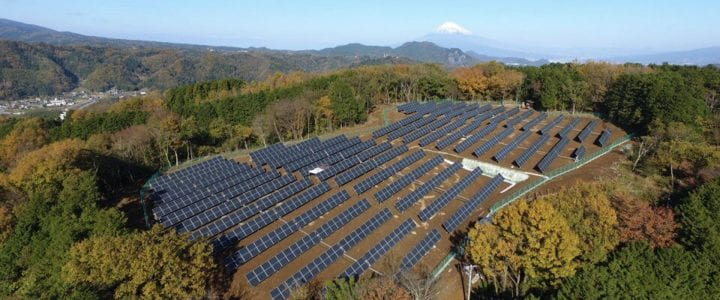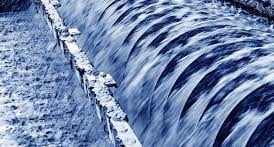Project context:
Vietnam is one of Asia’s five worst polluters of ocean plastic waste. With 13 million tons of waste released to the ocean every year, the country ranks 17th in the world for ocean plastic waste pollution.
Hue is located in central Vietnam and is currently facing plastic waste management problems with rapidly increasing amounts of waste contributing to immense environmental degradation. In Hue, 275 tons of solid waste are collected every day and the escalating amounts of solid waste reflect the poor regulation and behavioral norms of a rapidly urbanized city. It also produces nearly 20 tons of plastic waste every day, but waste separation at source only accounts for 30% of domestic waste at present. A master plan for waste management until 2030 (Master Plan 2030) has been developed with a target of 100% waste separation by 2050.
Community awareness about plastic pollution is low and recycling of waste is limited. The municipal SWM system comprises a formal sector with privately owned processing and landfill facilities, alongside a traditional and informal sector that remains prominent within the city. This unregulated yet organized informal system operates through waste collected by independent ‘collectors’ and ‘pickers’, who then sell it to privately owned junk shops. This informal waste management sector is comprised of vulnerable communities, predominantly women of lower socioeconomic status, who need the work to support their families financially. The importance of their roles is rarely acknowledged by the formal waste sector, which prevents these women from developing their working lives or their incomes. This project can make an important contribution to supporting the Master Plan’s objectives.
Project aim:
- Identify solutions for source separation at home
- Develop a business model for informal sector led by women working on collecting and selling recyclables
Expected outputs/outcomes:
- Design a pilot collection route for recyclables in 01 ward of Hue city
- Provide a pilot initiative for collecting floating litter on the river/canal
- An overview report on plastic/recyclable market in Vietnam
- Suggest/set up an apps for local women-led business models in informal sector
Project deliverables:
| No. | Main Deliverable | Description | Estimated Timing |
| 1 | Project Plan | Students discuss with RMIT academic supervisors and CSRD about a detailed project plan. | February 2021 |
| 2 | Literature Review in Melbourne | Students review relevant literature. | March – May 2021 |
| 3 | Field Work in Hue, Vietnam
|
Students collect data in collaboration with CSRD staff. | May – August 2021 |
| 6 | Final report | Final Report and Presentation on research findings. | Oct 2021 |
Funding:
- Students will receive a semester grant from New Colombo Plan funding to cover data collection costs.
- Only undergraduate Australian citizens are eligible for project funding.
Applications:
Students submit CVs and latest academic transcripts to Nina Nguyen at: nina.nguyen@rmit.edu.au

